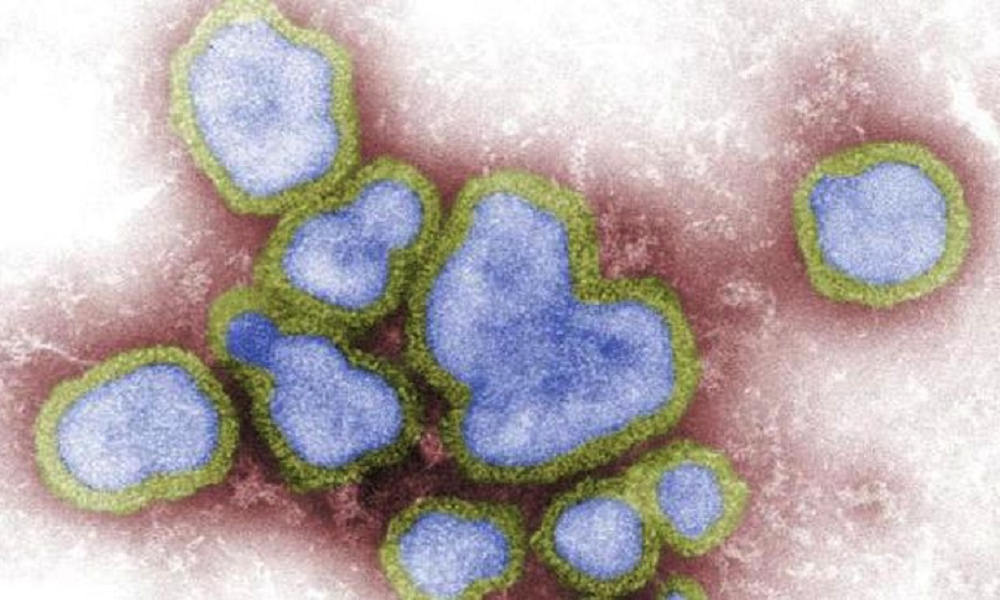World
Chinese man tests positive for H5N6 bird flu

Another person in mainland China has tested positive for H5N6 bird flu, raising the number of cases so far this year to 22, officials say. Experts have called for increased surveillance to monitor a recent spike in human cases.
The latest case, a 58-year-old man from Ganzhou in the eastern province of Jiangxi, developed symptoms after exposure to poultry from a market. He was hospitalized on June 5 and is still in critical condition.
The Chinese government often takes weeks or months to report new cases.
Only 81 people have been infected with H5N6 bird flu since the first confirmed case in 2014 but most infections were diagnosed during the past year. At least 22 cases, including six deaths, have been reported so far this year.
Click here for a list of all human cases to date.
H5N6 bird flu is known to cause severe illness in humans of all ages and has killed nearly half of those infected, including children and young adults. The outcome in most of the other cases has remained unclear as only eight people are known to have recovered.
There are no confirmed cases of human-to-human transmission though a woman who tested positive last year denied having contact with live poultry.
“The increasing trend of human infection with avian influenza virus has become an important public health issue that cannot be ignored,” researchers said in a study published by China’s Center for Disease Control in September. The study highlighted several mutations in two recent cases of H5N6 bird flu.
Thijs Kuiken, a professor at Erasmus University Medical Center in Rotterdam, expressed concern about the rising number of cases. “It could be that this variant is a little more infectious (to people) … or there could be more of this virus in poultry at the moment and that’s why more people are getting infected,” Kuiken told Reuters in October.
Earlier that month, the World Health Organization said the risk of human-to-human transmission remains low because H5N6 has not acquired the ability for sustained transmission between humans. However, increased surveillance is “urgently required” to better understand the rising number of human cases, the spokesperson said.

-

 World1 day ago
World1 day agoU.S. and China report 3 more human cases of bird flu, UN calls for urgent action
-

 Politics1 week ago
Politics1 week agoU.S. Rep. Sheila Jackson Lee dead at 74
-

 Legal7 days ago
Legal7 days agoFlorida man arrested for threatening to kill Trump and Vance
-

 World1 week ago
World1 week ago7.4-magnitude earthquake hits northern Chile
-

 Legal5 days ago
Legal5 days agoAt least 19 people shot, 3 killed, outside Mississippi nightclub
-

 World1 week ago
World1 week agoCyanide found on tea cups after 6 people die at Bangkok hotel
-

 Legal7 days ago
Legal7 days agoTexas Amber Alert: 2 children last seen in Bastrop County
-

 Legal1 week ago
Legal1 week agoKansas Amber Alert: Jaxon Halley abducted in Kansas City



